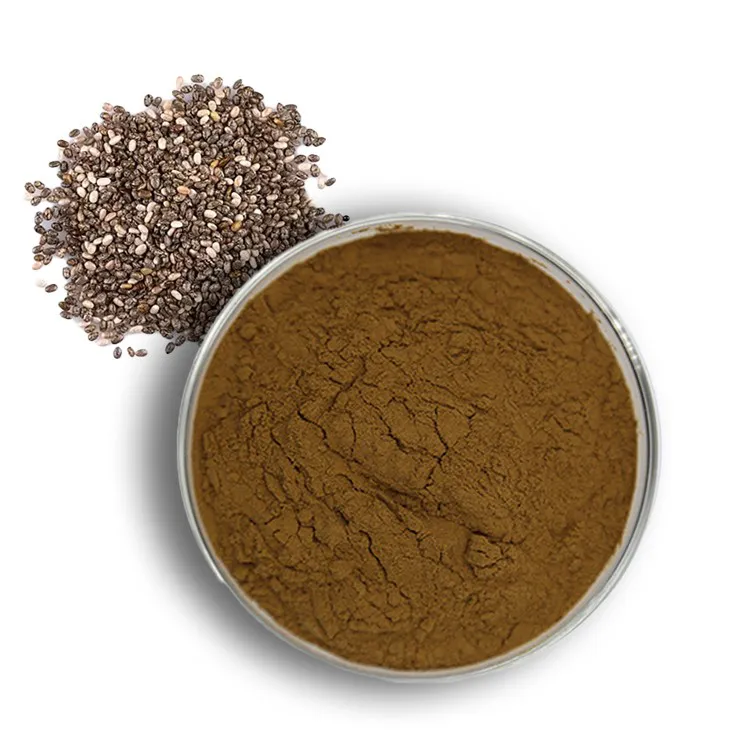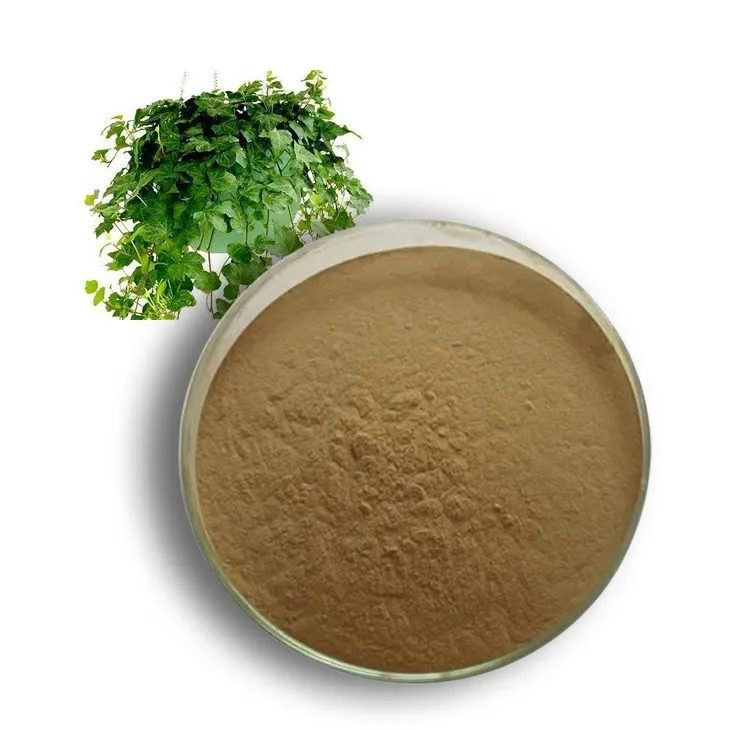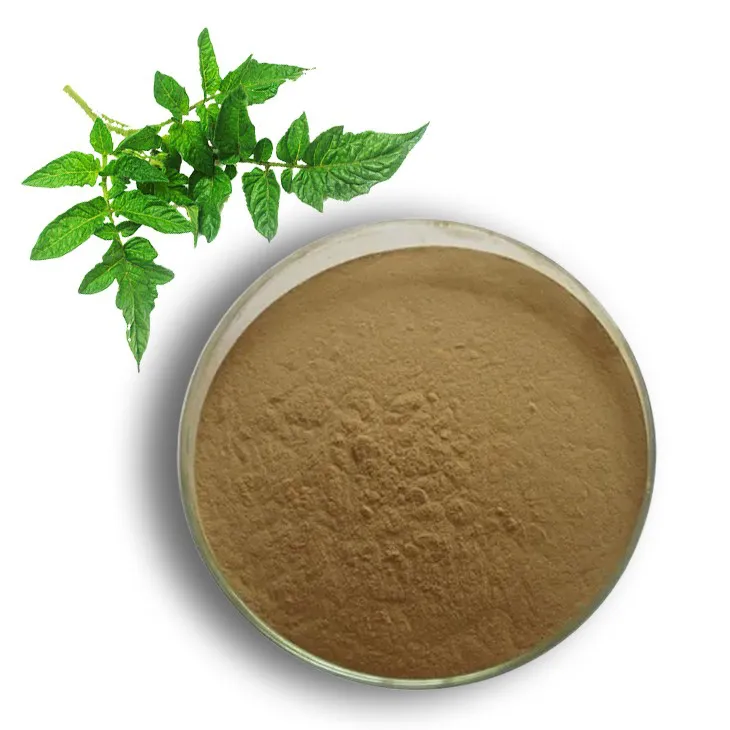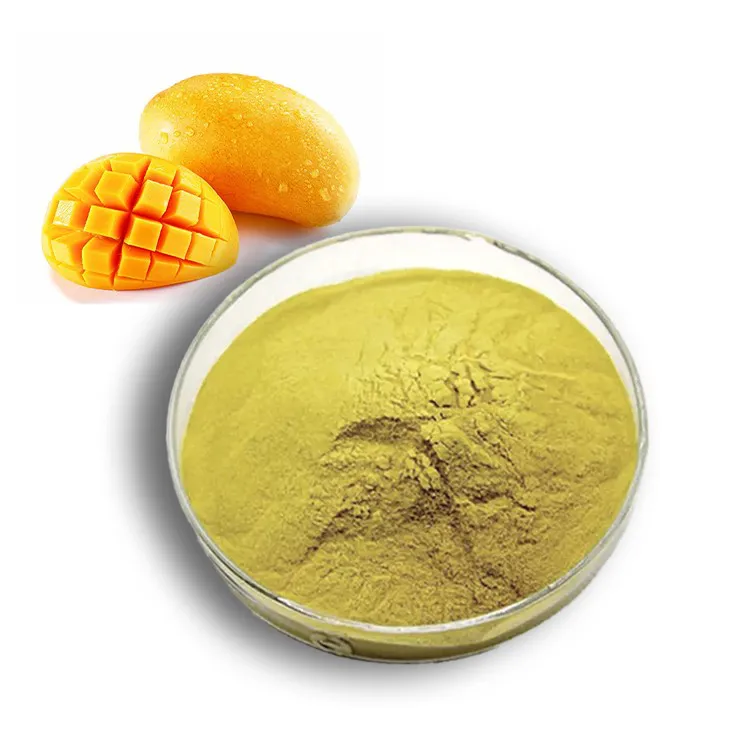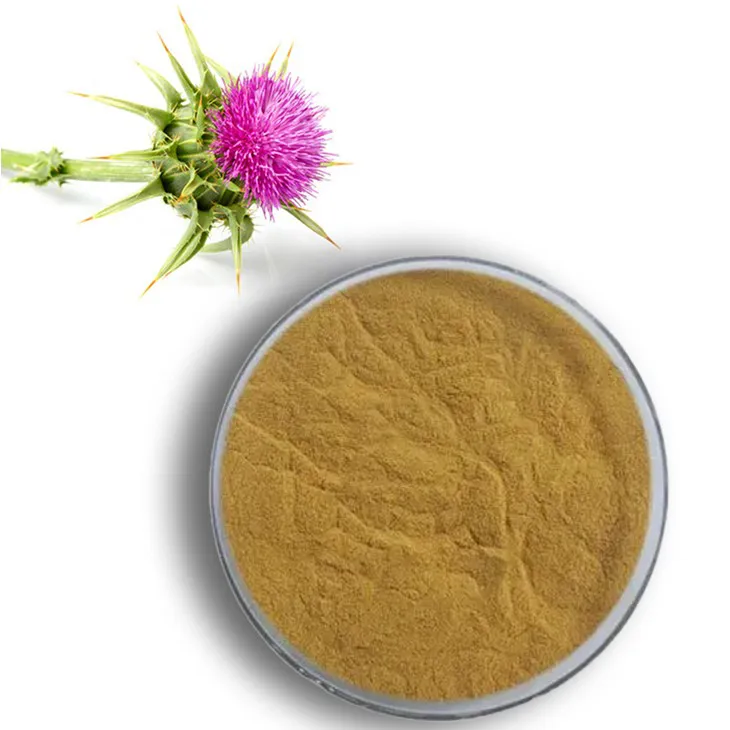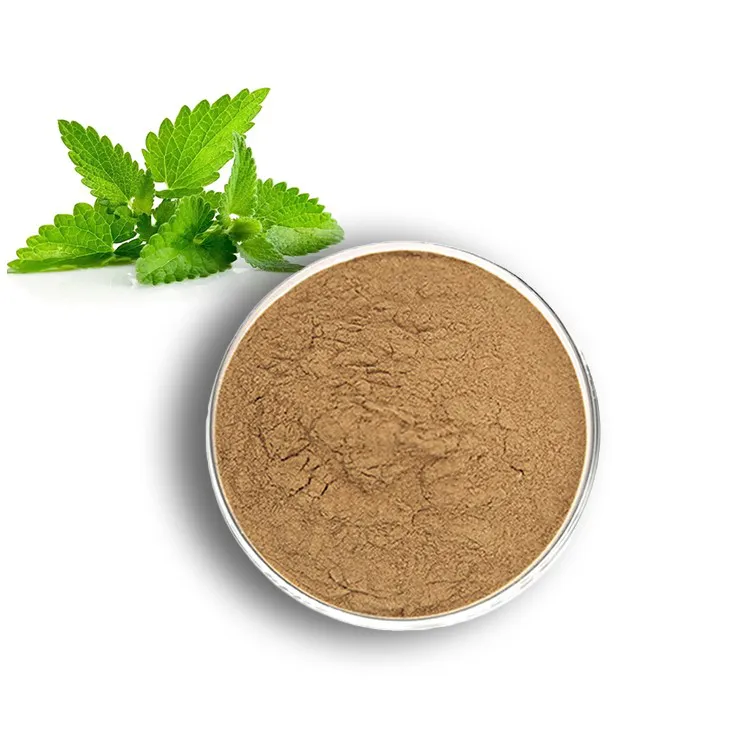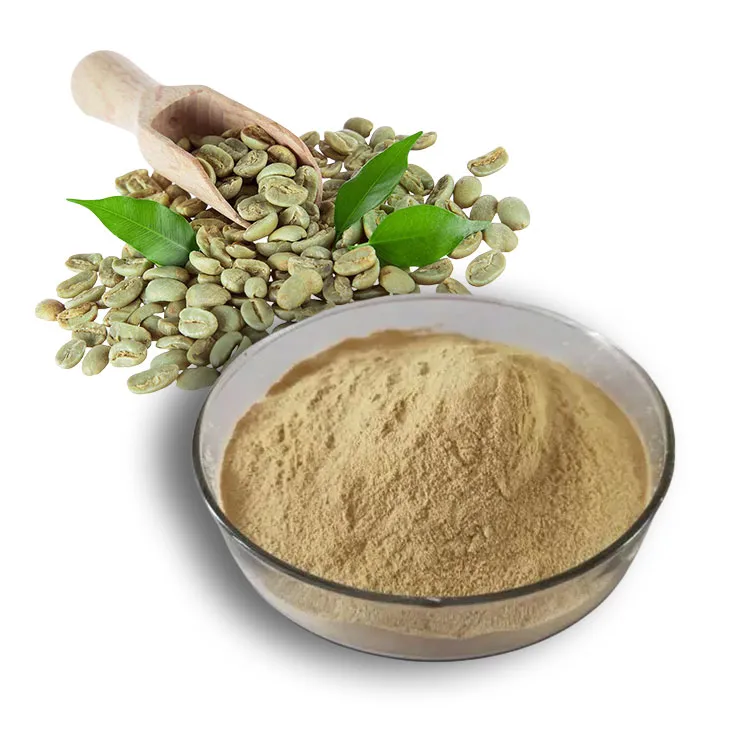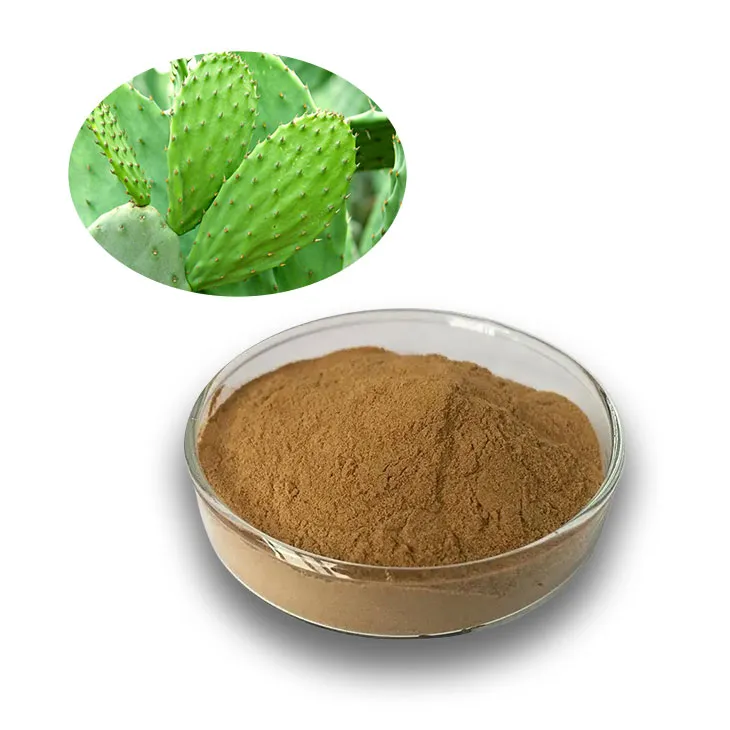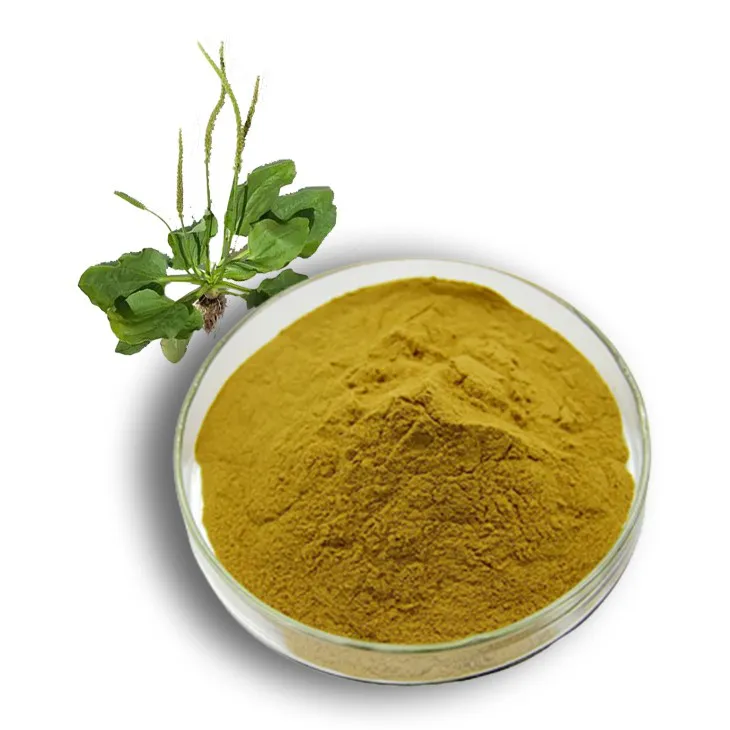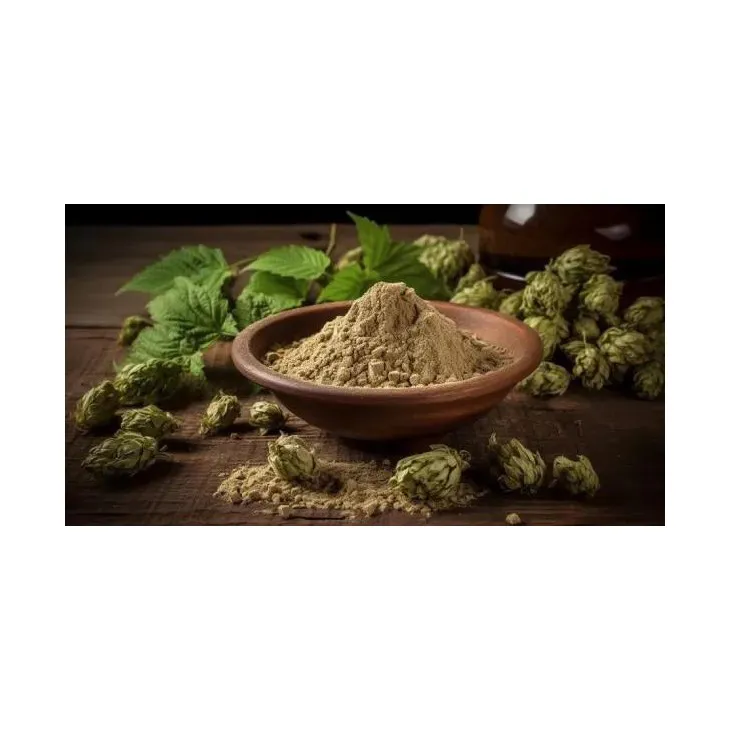- 0086-571-85302990
- sales@greenskybio.com
From Plant to Pill: A Deep Dive into Mercola's Knotweed Extract Quality Assurance
2024-08-12
1. Introduction
In the world of natural supplements, Mercola's knotweed extract has gained significant attention. The journey from the knotweed plant in its natural habitat to a high - quality pill on the market is a process filled with numerous steps and considerations. Quality assurance is not just a matter of meeting standards but also of ensuring the integrity and efficacy of the final product. This article will explore in detail how Mercola ensures the quality of its knotweed extract throughout this transformation.
2. The Importance of Knotweed
Knotweed (Polygonum cuspidatum), also known as Japanese knotweed, has been used in traditional medicine for centuries. It is rich in various bioactive compounds, such as resveratrol, which is known for its potential health benefits. Resveratrol has antioxidant, anti - inflammatory, and anti - aging properties. Knotweed also contains other polyphenols and flavonoids that contribute to its overall medicinal value.
However, due to its invasive nature in some regions, it is crucial to source knotweed in an environmentally responsible manner. Mercola recognizes the importance of sustainable sourcing to ensure the long - term availability of this valuable plant.
3. Plant Sourcing
3.1. Selecting the Right Location
The first step in quality assurance for Mercola's knotweed extract is plant sourcing. Knotweed can be found in various regions around the world. Mercola carefully selects the regions where the knotweed is sourced. These regions are chosen based on several factors:
- Purity of the environment: Areas with minimal pollution are preferred. This ensures that the knotweed is not contaminated with heavy metals, pesticides, or other harmful substances. For example, regions far from industrial areas or areas with strict environmental regulations are more likely to yield clean knotweed.
- Optimal growth conditions: Knotweed thrives in certain soil types and climates. Mercola sources from areas where the plant can grow naturally without the need for excessive artificial interventions. This includes regions with well - drained soil and appropriate sunlight exposure.
3.2. Sustainable Harvesting Practices
Once the suitable regions are identified, sustainable harvesting practices are implemented.
- Regulated harvesting: Mercola works with local farmers and suppliers who follow strict harvesting regulations. This includes limiting the amount of knotweed harvested to ensure that the plant population can regenerate. For example, only a certain percentage of the available knotweed in a particular area may be harvested each year.
- Seasonal harvesting: Harvesting is typically done at the optimal time when the plant's active compounds are at their peak levels. This not only ensures the highest quality of the raw material but also helps in maintaining the ecological balance of the knotweed population.
4. Extraction Methods
4.1. Traditional vs. Modern Extraction
There are various methods for extracting the beneficial compounds from knotweed. Traditional methods have been used for centuries in herbal medicine, while modern techniques offer more precision and efficiency.
Traditional extraction methods often involve maceration or decoction. Maceration is the process of soaking the plant material in a solvent (usually alcohol or water) for an extended period. Decoction, on the other hand, involves boiling the plant material in water. While these methods can extract some of the active compounds, they may not be as efficient in isolating specific compounds or may result in a lower yield.
Modern extraction methods used by Mercola, such as supercritical fluid extraction (SFE) and microwave - assisted extraction (MAE), offer several advantages. SFE uses a supercritical fluid, usually carbon dioxide, as the solvent. This method allows for a more selective extraction of the desired compounds, such as resveratrol, while leaving behind unwanted substances. MAE, on the other hand, uses microwave energy to speed up the extraction process. It can significantly reduce the extraction time while maintaining the quality of the extracted compounds.
4.2. Optimization of Extraction Parameters
To ensure the highest quality of the knotweed extract, Mercola optimizes the extraction parameters for the chosen method.
- Temperature control: In methods like MAE, the temperature is carefully controlled. Too high a temperature can cause degradation of the active compounds, while too low a temperature may result in incomplete extraction. For example, in MAE, the temperature is set within a specific range that has been determined through extensive research to maximize the extraction of resveratrol and other beneficial compounds.
- Solvent - to - plant ratio: The ratio of the solvent (e.g., in SFE, the amount of carbon dioxide) to the plant material is crucial. An optimal ratio ensures that the maximum amount of active compounds is extracted without using excessive solvent. This not only affects the cost - effectiveness of the process but also the purity of the final extract.
- Extraction time: The duration of the extraction process is another parameter that is optimized. In SFE, for instance, the extraction time is adjusted based on the type of compound being extracted and the characteristics of the knotweed sample. Too long an extraction time may lead to the extraction of unwanted substances, while too short a time may result in an incomplete extraction.
5. Quality Testing Procedures
5.1. Identity Testing
Once the knotweed extract is obtained, the first step in quality testing is identity testing. This is crucial to ensure that the extract is indeed from knotweed and not contaminated with other plant materials.
- Botanical identification: Mercola uses trained botanists or advanced analytical techniques to identify the plant species. Microscopic examination of the plant material in the extract can reveal characteristic features of knotweed, such as the shape and structure of its cells. This helps in confirming the authenticity of the source.
- Chemical fingerprinting: Chemical fingerprinting techniques, such as high - performance liquid chromatography (HPLC) and mass spectrometry (MS), are used to identify the specific chemical components present in the extract. The unique pattern of peaks in an HPLC chromatogram or the mass spectra obtained from MS can be compared to known standards of knotweed extract. This ensures that the extract contains the expected compounds, such as resveratrol, in the correct proportions.
5.2. Purity Testing
Purity testing is essential to ensure that the knotweed extract is free from contaminants.
- Heavy metal testing: Knotweed, like any plant, can absorb heavy metals from the soil. Mercola conducts tests to detect the presence of heavy metals such as lead, mercury, cadmium, and arsenic. These tests are carried out using highly sensitive analytical instruments like atomic absorption spectrometry (AAS) or inductively coupled plasma - mass spectrometry (ICP - MS). If the levels of heavy metals are above the acceptable limits, the batch of extract is rejected.
- Pesticide residue testing: Since knotweed may be sourced from areas where pesticides are used, it is necessary to test for pesticide residues. Gas chromatography - mass spectrometry (GC - MS) and liquid chromatography - tandem mass spectrometry (LC - MS/MS) are used to detect even trace amounts of pesticides. This ensures that the final product is free from harmful pesticide residues.
- Microbial contamination testing: Microbes such as bacteria, fungi, and yeasts can contaminate the knotweed extract during harvesting, processing, or storage. Mercola performs microbiological tests to check for the presence of total viable count (TVC), pathogenic bacteria (such as Salmonella and E. coli), and fungi. Plate count methods and polymerase chain reaction (PCR) - based techniques are used for these tests. If microbial contamination is detected, appropriate measures are taken to disinfect or discard the affected batch.
5.3. Potency Testing
Potency testing is carried out to ensure that the knotweed extract contains the appropriate amount of active compounds.
- Resveratrol content determination: Since resveratrol is one of the key active compounds in knotweed, its content is accurately measured. HPLC is often used for this purpose. The resveratrol content should be within a specific range to ensure the efficacy of the extract. If the content is too low, the extract may not provide the expected health benefits.
- Total polyphenol and flavonoid content: In addition to resveratrol, the total polyphenol and flavonoid content of the extract is also determined. These compounds contribute to the overall antioxidant and health - promoting properties of the knotweed extract. Spectrophotometric methods are commonly used to measure the total polyphenol and flavonoid content.
6. Manufacturing and Packaging
6.1. Good Manufacturing Practice (GMP) Compliance
Mercola adheres to Good Manufacturing Practice (GMP) guidelines during the manufacturing process of the knotweed extract pills. GMP ensures that the manufacturing facilities are clean, well - maintained, and operated in a hygienic manner.
- Facility design and construction: The manufacturing facilities are designed to prevent cross - contamination between different batches of products. There are separate areas for raw material handling, extraction, formulation, and packaging. The facilities are also constructed with materials that are easy to clean and disinfect.
- Employee training: All employees involved in the manufacturing process are trained in GMP procedures. This includes training on proper handling of raw materials, operation of equipment, and maintenance of a clean and safe working environment. Employees are also trained in quality control and quality assurance procedures to ensure that they can identify and correct any potential issues during the manufacturing process.
- Documentation and record - keeping: GMP requires detailed documentation of all aspects of the manufacturing process. This includes records of raw material sourcing, extraction parameters, quality testing results, and packaging details. These records are not only important for internal quality control but also for regulatory compliance and traceability.
6.2. Packaging and Shelf - Life Considerations
The packaging of Mercola's knotweed extract pills is designed to protect the product from degradation and contamination.
- Light - resistant packaging: Many of the active compounds in knotweed extract, such as resveratrol, are sensitive to light. Therefore, the pills are packaged in light - resistant containers, such as amber - colored bottles. This helps to preserve the potency of the extract during storage.
- Moisture - proof packaging: Moisture can also affect the stability of the knotweed extract. Packaging materials that are moisture - proof, such as blister packs or sealed plastic bottles, are used to prevent moisture ingress. This ensures that the extract remains dry and stable throughout its shelf - life.
- Shelf - life determination: Mercola conducts stability studies to determine the shelf - life of the knotweed extract pills. These studies involve storing the product under different environmental conditions (e.g., different temperatures and humidities) and periodically testing the quality of the product. Based on these studies, an appropriate shelf - life is assigned to the product. This ensures that consumers can use the product within a safe and effective time frame.
7. Conclusion
The quality assurance process for Mercola's knotweed extract, from plant sourcing to the final pill, is a comprehensive and multi - faceted one. Each step, from selecting the right plant sources, using optimal extraction methods, conducting rigorous quality testing, and following proper manufacturing and packaging practices, is crucial in ensuring the safety and efficacy of the product. By paying meticulous attention to these details, Mercola is able to provide consumers with a high - quality knotweed extract pill that can offer the potential health benefits associated with this remarkable plant.
FAQ:
What are the key aspects of plant sourcing for Mercola's knotweed extract?
For Mercola's knotweed extract, plant sourcing is crucial. High - quality plants are typically sourced from areas where the knotweed grows natively and in a clean environment. This ensures that the plants are free from contaminants such as pesticides and heavy metals. The plants are also selected based on their maturity and health, as these factors can impact the quality of the extract. Sourcing from reliable and sustainable suppliers is another important aspect to guarantee a consistent supply of high - quality knotweed for extraction.
How do extraction methods affect the quality of Mercola's knotweed extract?
The extraction method plays a significant role in the quality of Mercola's knotweed extract. Advanced and carefully controlled extraction methods are used to ensure that the active compounds in the knotweed are effectively extracted. Gentle extraction techniques help to preserve the integrity of these compounds. For example, improper extraction methods may lead to the degradation of important phytochemicals. The right extraction method also helps to separate unwanted substances from the extract, thus enhancing its purity and overall quality.
What quality testing procedures are in place for Mercola's knotweed extract?
Mercola's knotweed extract undergoes a series of rigorous quality testing procedures. These include tests for purity, potency, and identity. Purity tests check for the absence of contaminants like microbes, heavy metals, and residual solvents. Potency tests measure the concentration of the active ingredients in the extract to ensure it meets the required standards. Identity testing uses techniques such as chromatography to confirm that the extract is indeed from knotweed and not from any other plant. These tests are carried out at multiple stages of production to maintain the highest quality standards.
How does Mercola ensure the safety of its knotweed extract pills?
To ensure the safety of its knotweed extract pills, Mercola takes several steps. Firstly, as mentioned before, strict plant sourcing and quality testing procedures are in place to eliminate potential contaminants. The manufacturing process adheres to strict Good Manufacturing Practice (GMP) guidelines. This includes proper handling, storage, and packaging of the extract to prevent any form of degradation or contamination. Additionally, the safety of the product is continuously monitored through post - market surveillance, and any potential safety concerns are addressed promptly.
How can consumers be sure of the efficacy of Mercola's knotweed extract pills?
Consumers can have confidence in the efficacy of Mercola's knotweed extract pills due to several factors. The company's commitment to quality assurance, starting from plant sourcing and extraction, to quality testing, helps to ensure that the active compounds are present in the right amounts. Scientific research on knotweed and its potential health benefits also provides a basis for the efficacy claims. Additionally, customer reviews and testimonials can give an indication of the real - world effectiveness of the product, although these are not as conclusive as scientific studies.
Related literature
- Quality Assurance in Herbal Extract Production: A Review"
- "The Role of Sourcing and Extraction in Herbal Medicine Quality"
- "Testing Protocols for Herbal Extracts: Ensuring Safety and Efficacy"
- ▶ Hesperidin
- ▶ citrus bioflavonoids
- ▶ plant extract
- ▶ lycopene
- ▶ Diosmin
- ▶ Grape seed extract
- ▶ Sea buckthorn Juice Powder
- ▶ Beetroot powder
- ▶ Hops Extract
- ▶ Artichoke Extract
- ▶ Reishi mushroom extract
- ▶ Astaxanthin
- ▶ Green Tea Extract
- ▶ Curcumin Extract
- ▶ Horse Chestnut Extract
- ▶ Other Problems
- ▶ Boswellia Serrata Extract
- ▶ Resveratrol Extract
- ▶ Marigold Extract
- ▶ Grape Leaf Extract
- ▶ blog3
- ▶ blog4
- ▶ blog5
-
Chia Seed Powder
2024-08-12
-
Ivy Extract
2024-08-12
-
Senna Leaf Extract
2024-08-12
-
Mango flavored powder
2024-08-12
-
Milk Thistle Extract
2024-08-12
-
Lemon Balm Extract
2024-08-12
-
Green coffee bean Extract
2024-08-12
-
Cactus Extract
2024-08-12
-
Plantain extract
2024-08-12
-
Uridine-5'-monophosphate Disodium salt
2024-08-12











